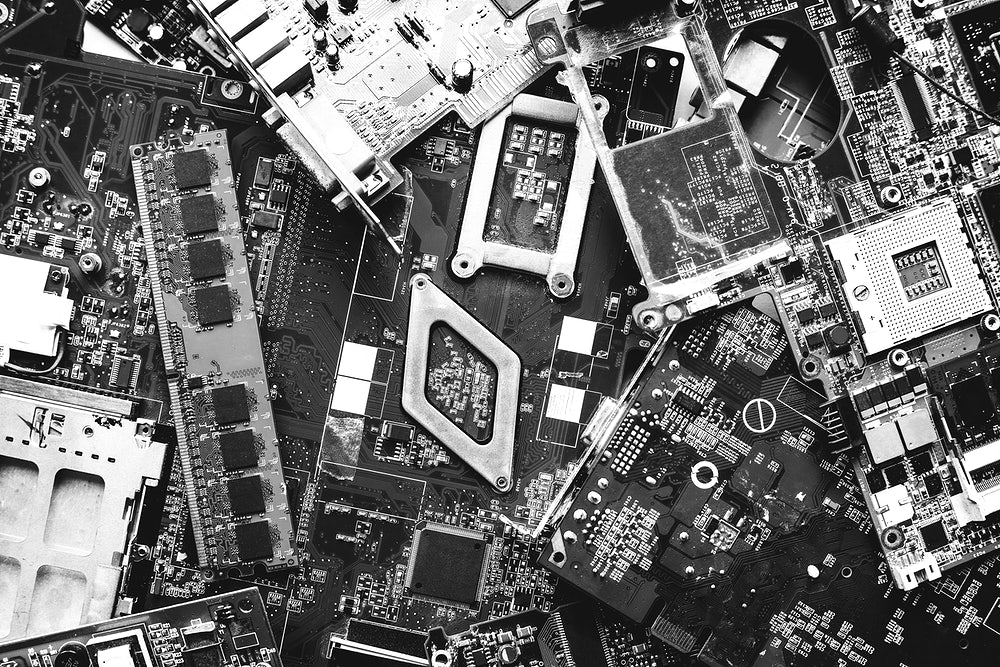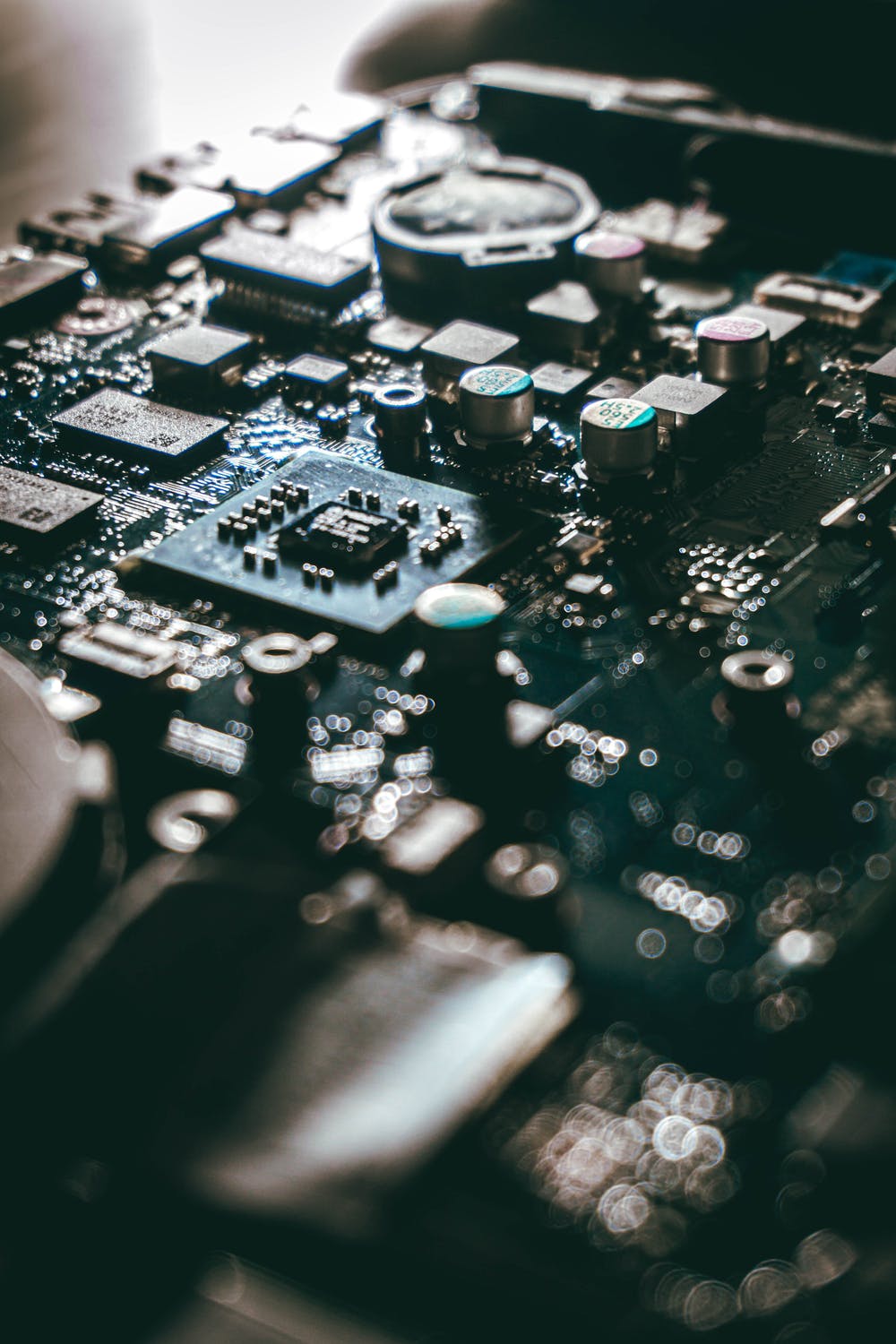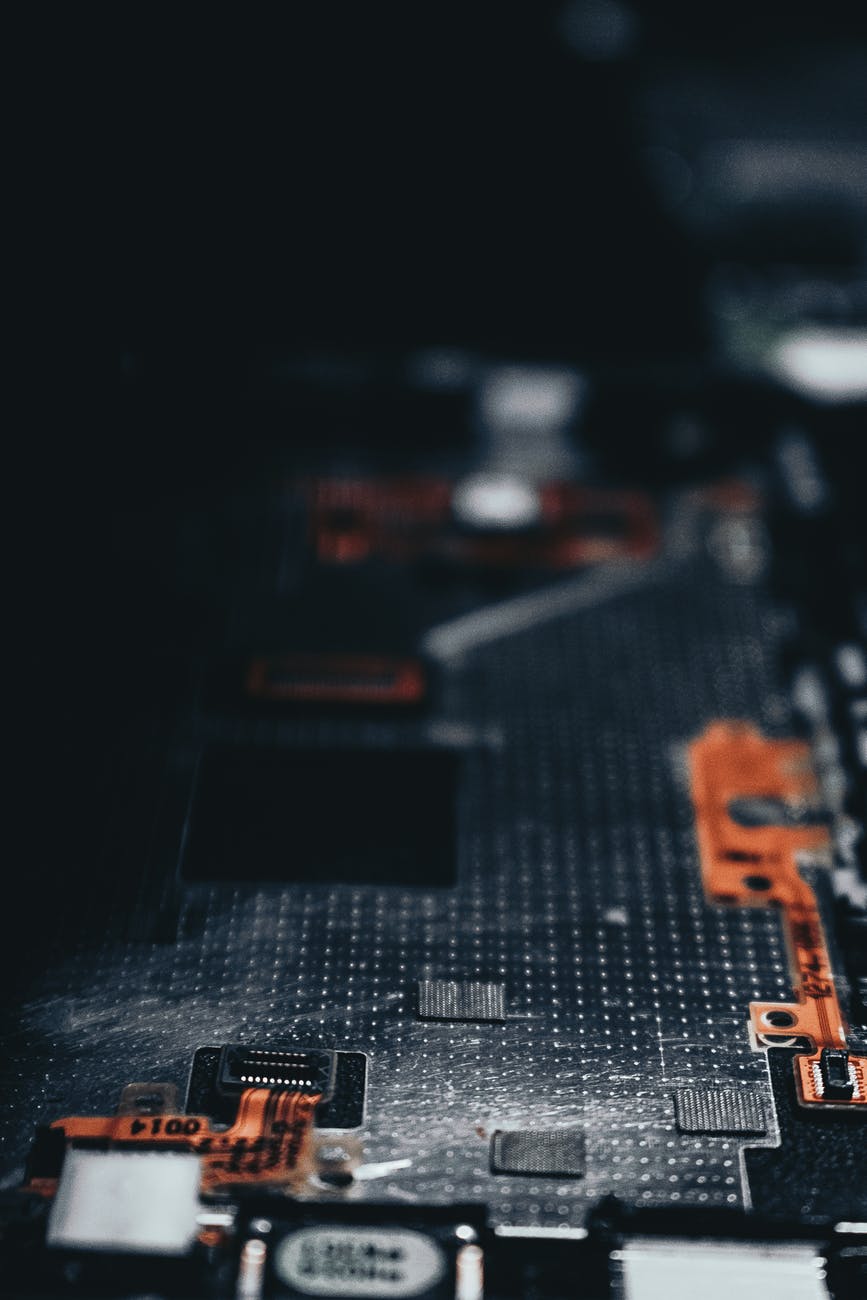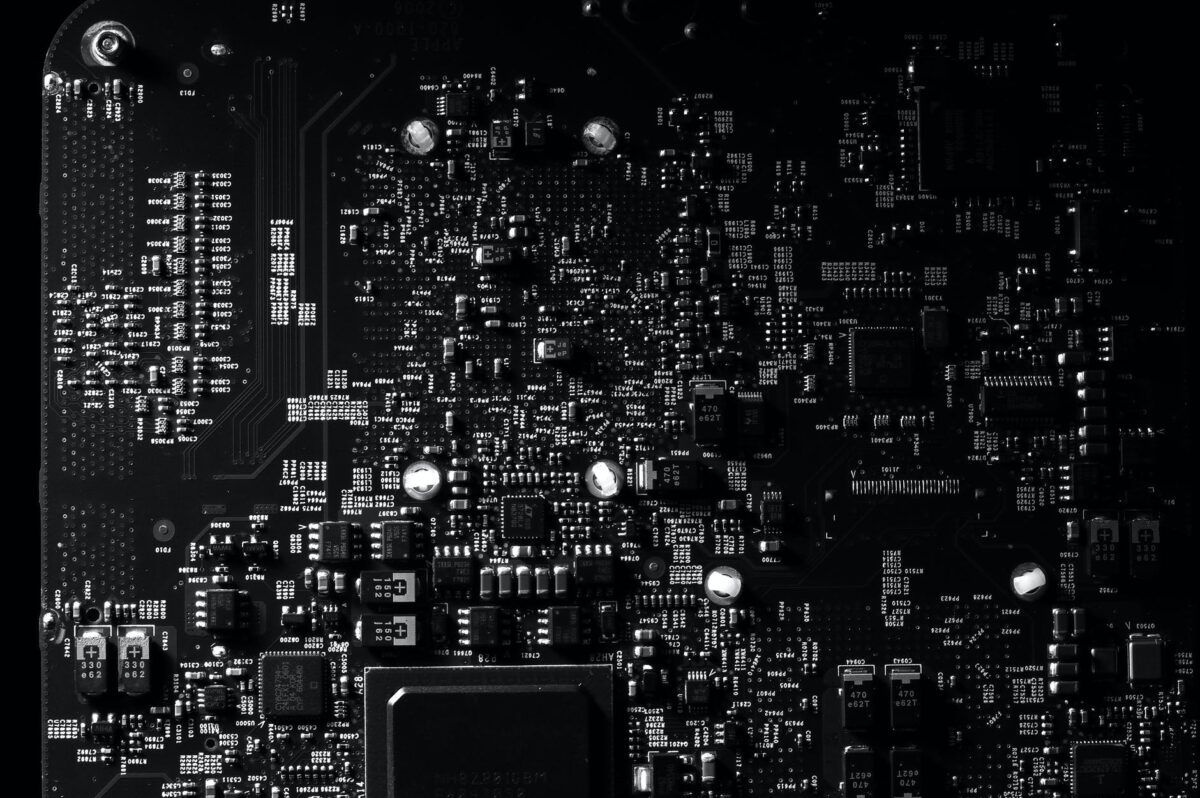Component Prices Rise 10% to 40% - But why?
While component price increases are expected when demand surpasses supply, the scale of recent increases has come as a shock to many businesses.
In its Q3 Commodity Intelligence Quarterly, CMarket intelligence platform Supplyframe reports that some electronic components have seen prices rise by as much as 40%, making it uneconomical for products to be made.
Specifically, semiconductors, memory and modems are seeing 10 to 40% price increases, exceeding what most analysts envisioned for 2021.
Why are prices rising?
Price rises start with materials. There are long lead times for many raw materials, causing shortages. Add rising commodity prices and difficulties transporting products and you have a disrupted manufacturing economy.
You also must factor in the impact of the coronavirus pandemic, which has caused labor shortages and disrupted the manufacturing economy with shutdowns.
Logistics is also a big fly in the ointment for electronic components. The industry is recovering from COVID-induced shutdowns and travel restrictions are causing problems at borders, creating delays that ripple through the supply chain.
Supply and demand
The bulletproof economics of supply and demand also rule the roost for electronic components, and demand is higher than it has ever been.
We are in a situation today where most electronic components manufacturers are running at 99-100% capacity and can’t keep up with demand.
Demand is outstripping supply for chips, memory and communications components like integrated circuits, discrete circuits, optoelectronics, and sensors creating a bidding war as manufacturers scramble to get what they need.
Growing demand for new technologies
Emerging technologies like artificial intelligence, machine learning, virtual reality, augmented reality, and edge computing are fuelling demand for smarter chips and data center modernization, while technologies like 5G and Wi-Fi 6 are demanding infrastructure rollout, which requires significant investment.
Across the board, technology is booming. Manufacturers are making more products for more people, and they must do so while balancing costs at a time when component prices are rising – no easy feat even for established businesses.
Pressure relief
Everyone is raising prices in line with their own cost increases, from semiconductor manufacturers to outsourced fabs and suppliers. At 10 to 40%, these increases are putting pressure on supply chains and businesses.
How many price increases will target markets absorb? How can we sustain production without significant margin pressure? These are the challenges facing manufacturers, who are stuck between a rock and a hard place right now.
There are a few solutions:
- Equivalents: Source equivalent components from different brands/makers/OEMs that meet size, power, specification, and design standards.
- Use an electronic components distributor: Distributors are the best-connected players in the industry, able to source hard-to-procure and shortage components thanks to relationships with critical decision makers.
Prices will fizzle down, eventually
Although research published by Supplyframe says pricing challenges will remain through early 2023, they won’t last forever. Price rises should fizzle out towards the end of 2021 as manufacturers catch up to orders and reduce disruption.
If you are experiencing an electronic component shortage, we can help. Email us at sales@lantekcorp.com if you have any questions or call us at 973-579-8100 to talk with our team.







